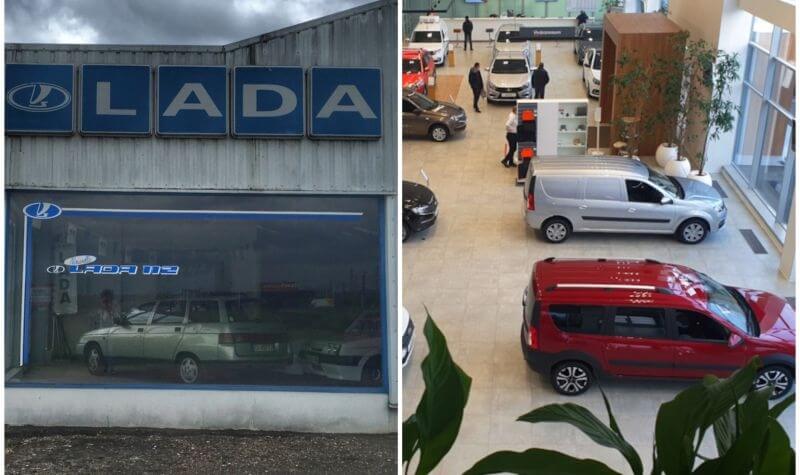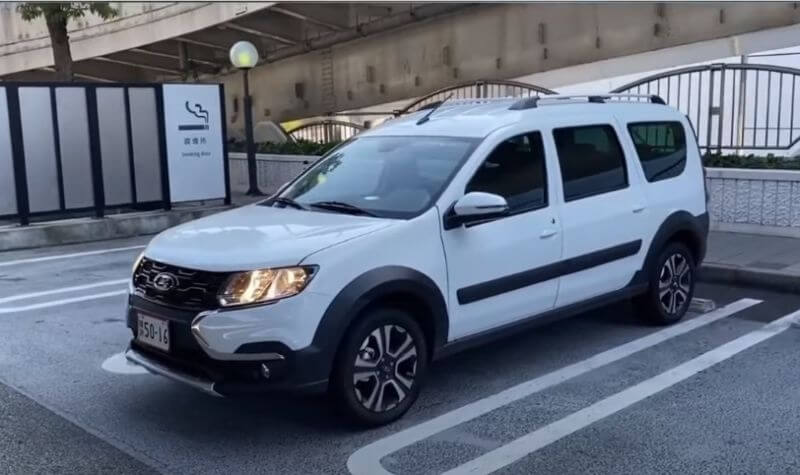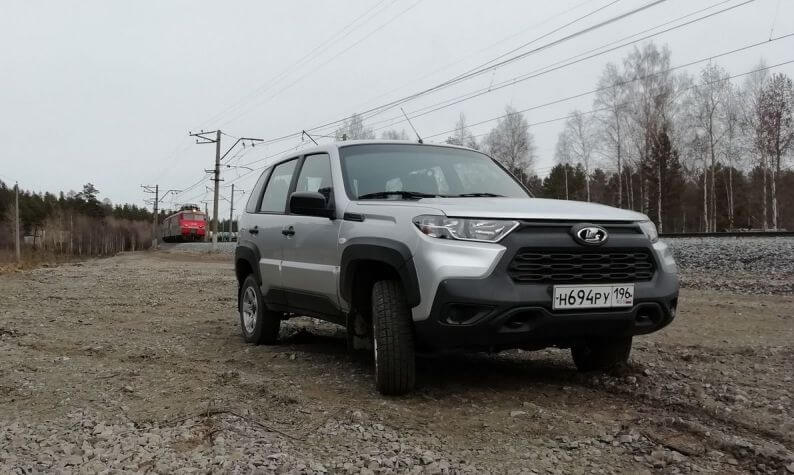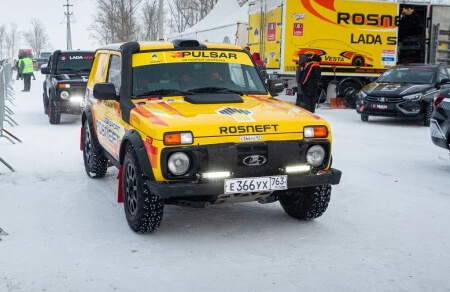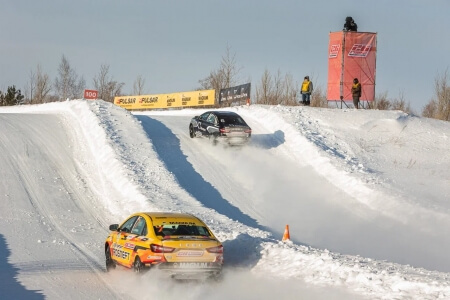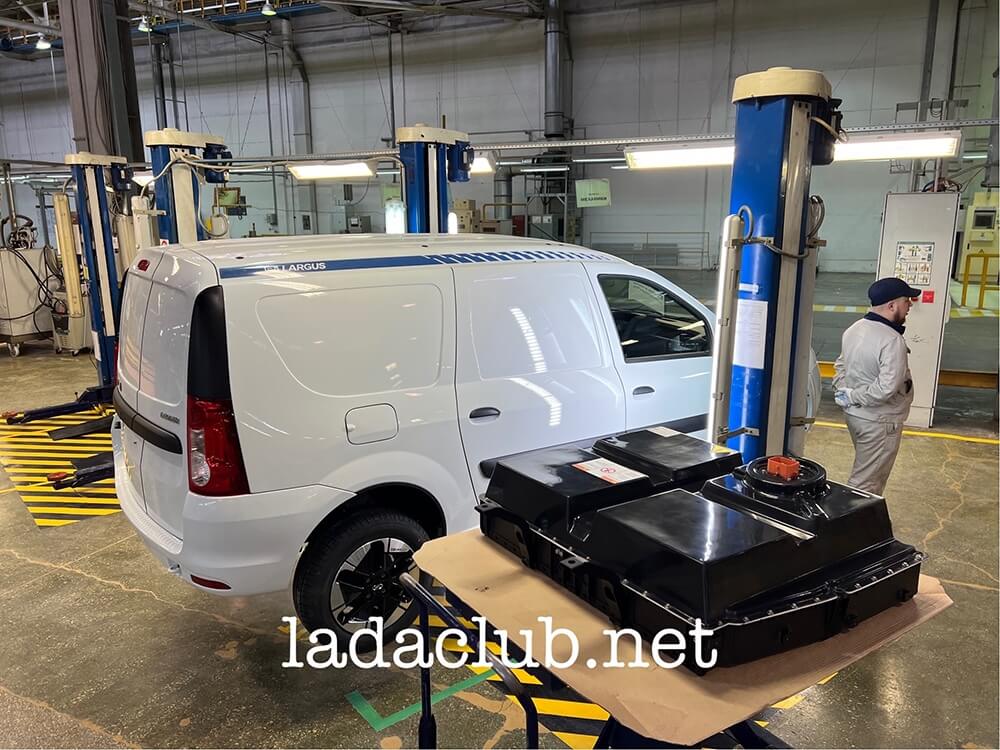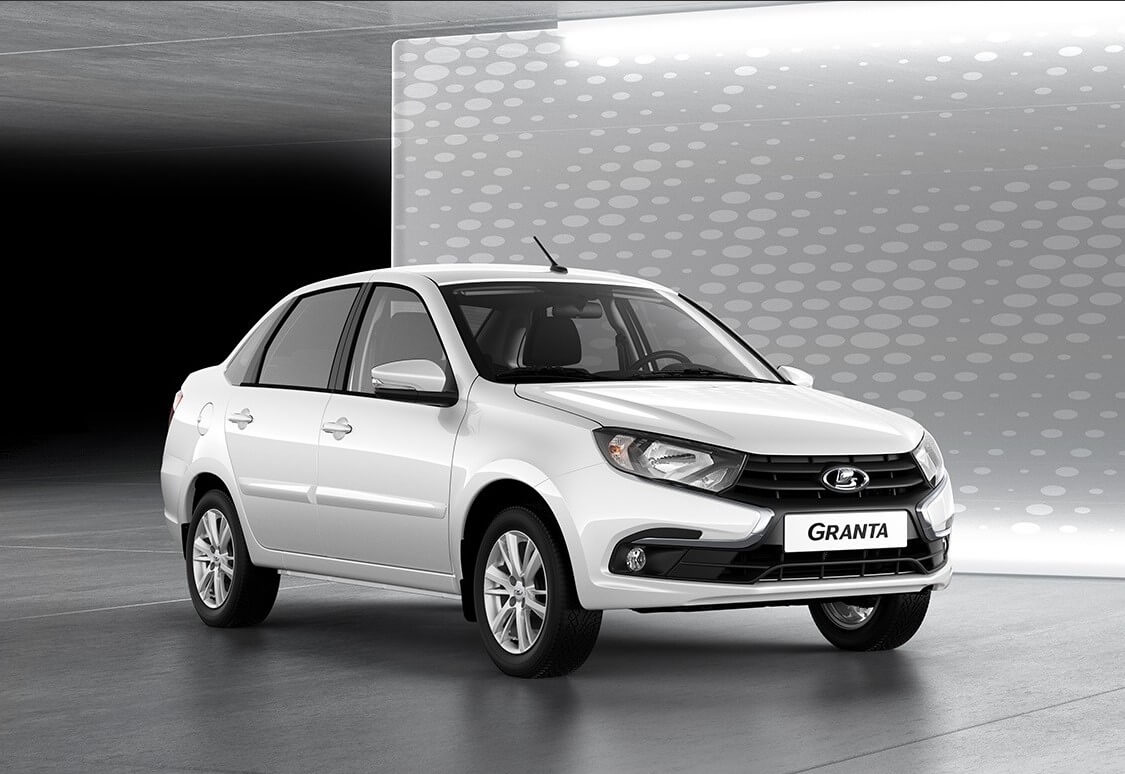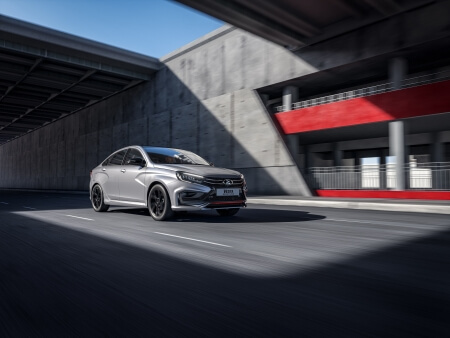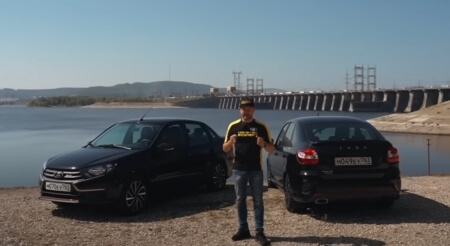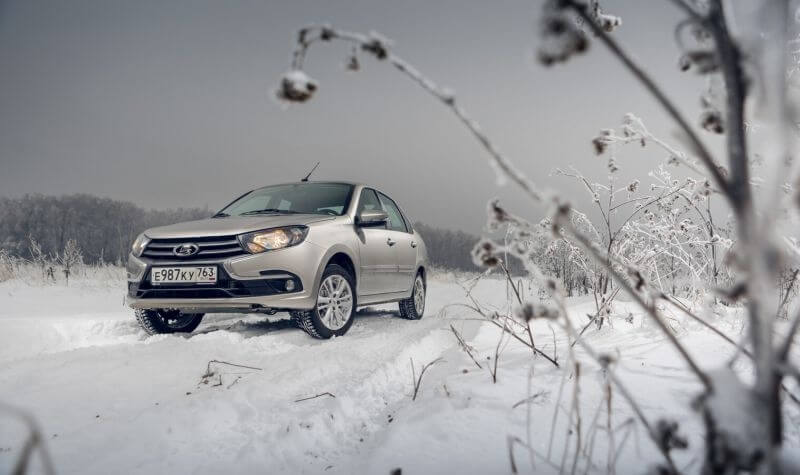Новинки LADA
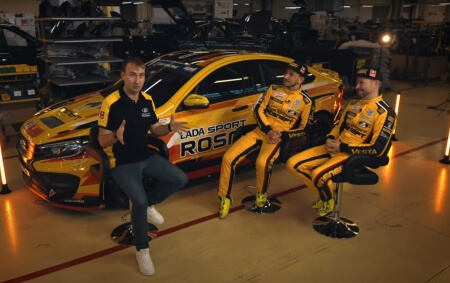
LADA Sport ROSNEFT: презентация сезона 2024!
Рокировка пилотов LADA Sport ROSNEFT и новые направления для спортивного отделения АО «АВТОВАЗ» Рокировка пилотов LADA Sport ROSNEFT и новые направления для спортивного отделения АО «АВТОВАЗ»...
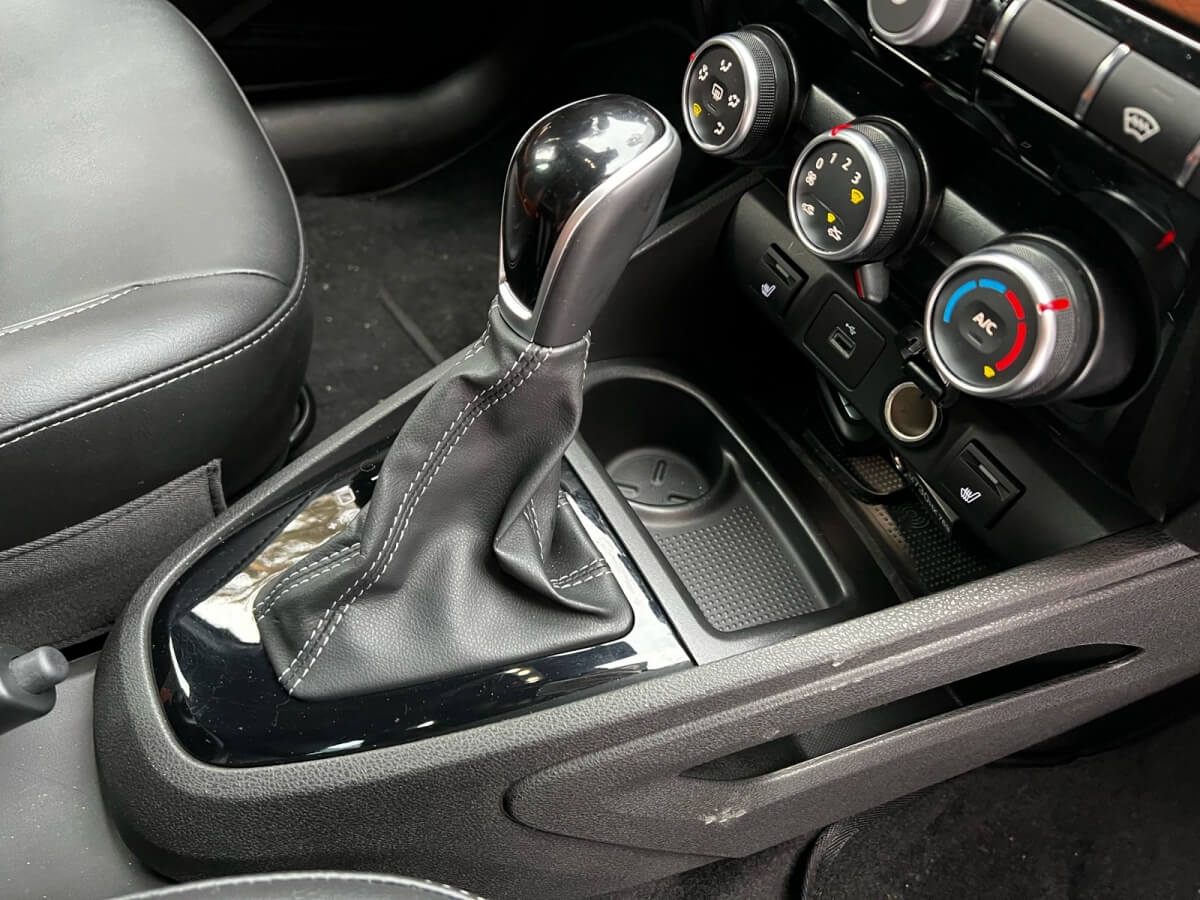
Первый тест-драйв LADA VESTA NG AT с автоматической трансмиссией

Обзор НИВА СПОРТ с двигателем от Granta Sport
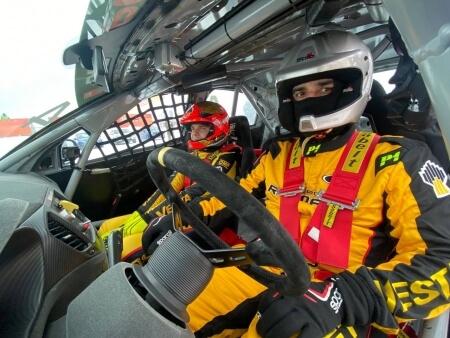
Веста Спорт 170 л.с. | Кубок Журналистов | Квалификация Лада Клуба
Отзывы владельцев Лада
Читать все отзывы
Последние новости
Читать все новости
Тест-драйвы
Смотреть все тест-драйвы
Фото и видео
Смотреть все фото и видео

Первый тест-драйв LADA VESTA NG AT с автоматической трансмиссией
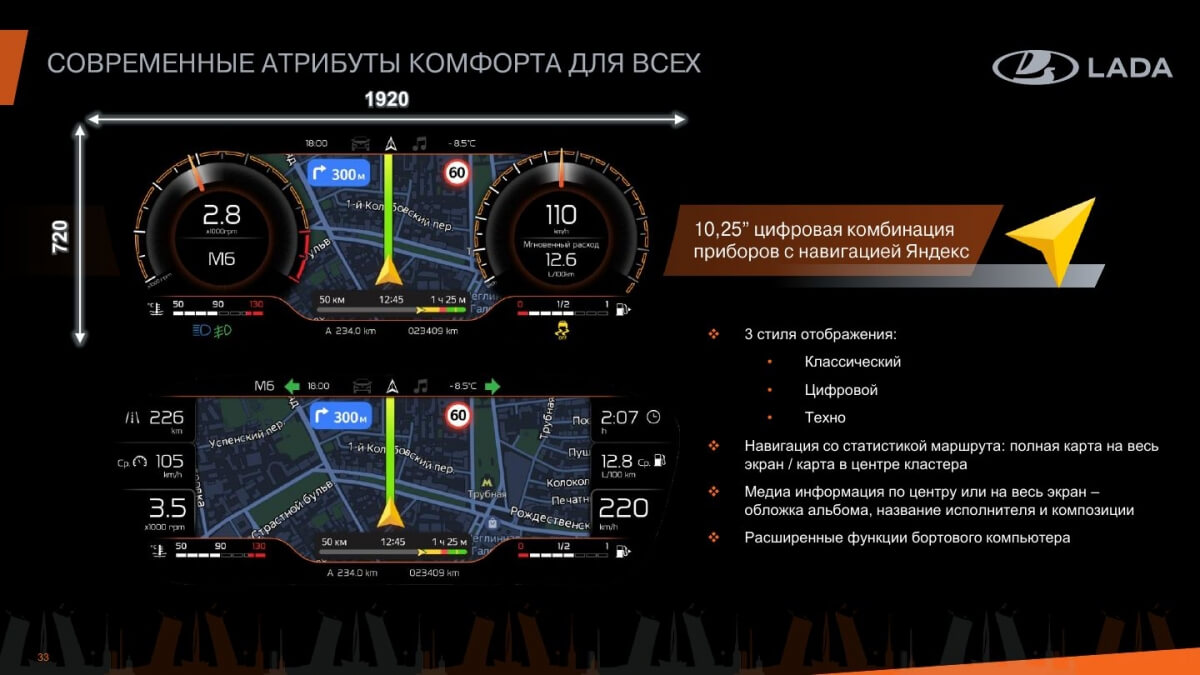
Новая цифровая приборная панель LADA Vesta. Видео!

LADA Vesta NG старт производства: прямой репортаж из Тольятти

Готовы новые LADA Vesta для Гонки Чемпионов

Минивэн из Гранты для восьмерых. В России создали самый вместительный бюджетник LADA GRANTA

NIVA Red Dragon: «понторезка» из внедорожника до 500 т.р.?
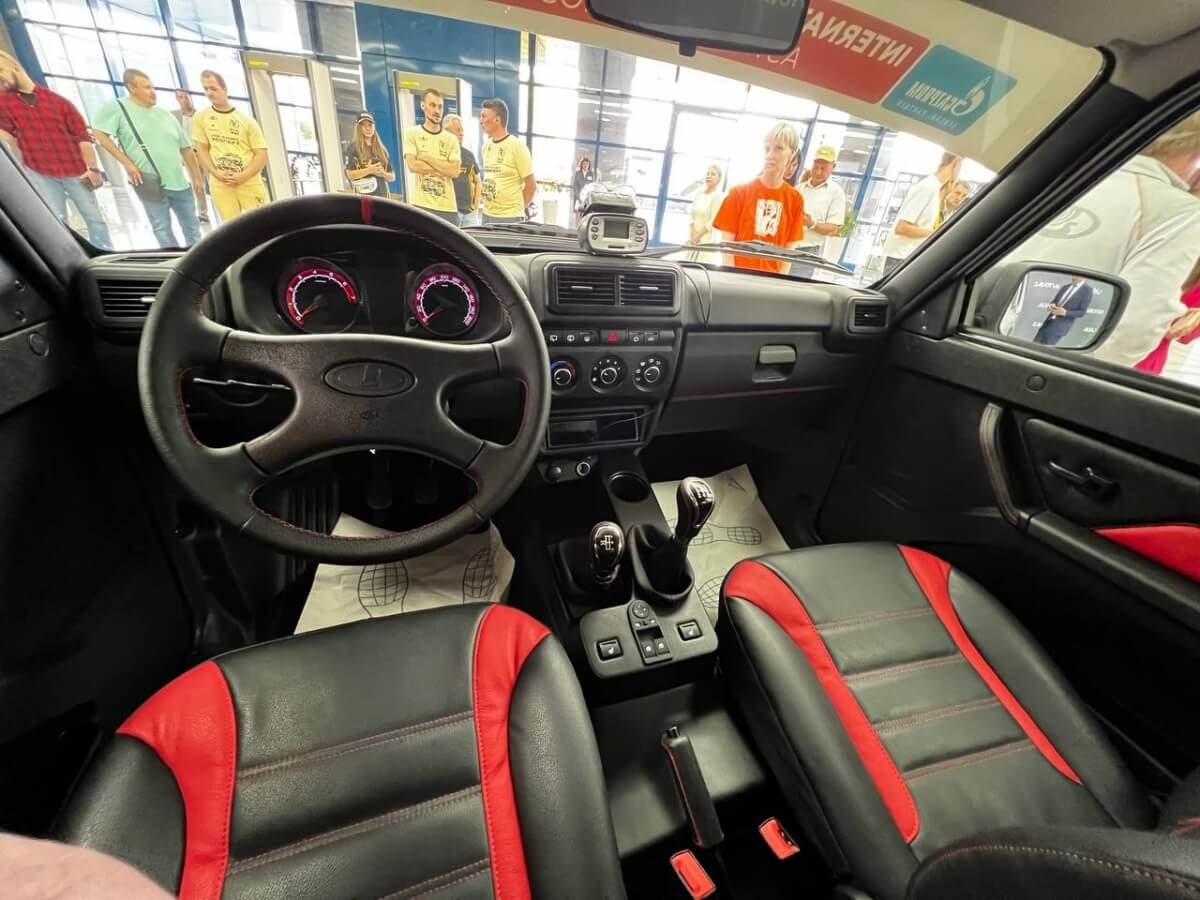
Ниву Спорт с мотором 1.8 литра (122 л.с.) засняли на видео?

Видео обзор LADA Vesta NG 2022

